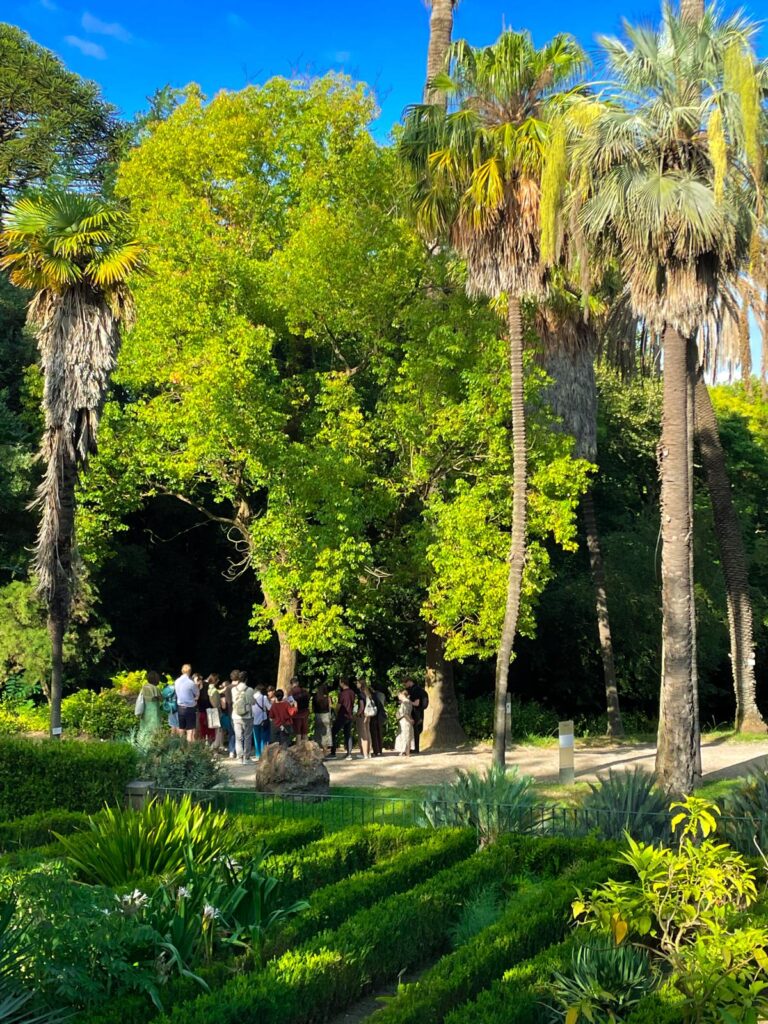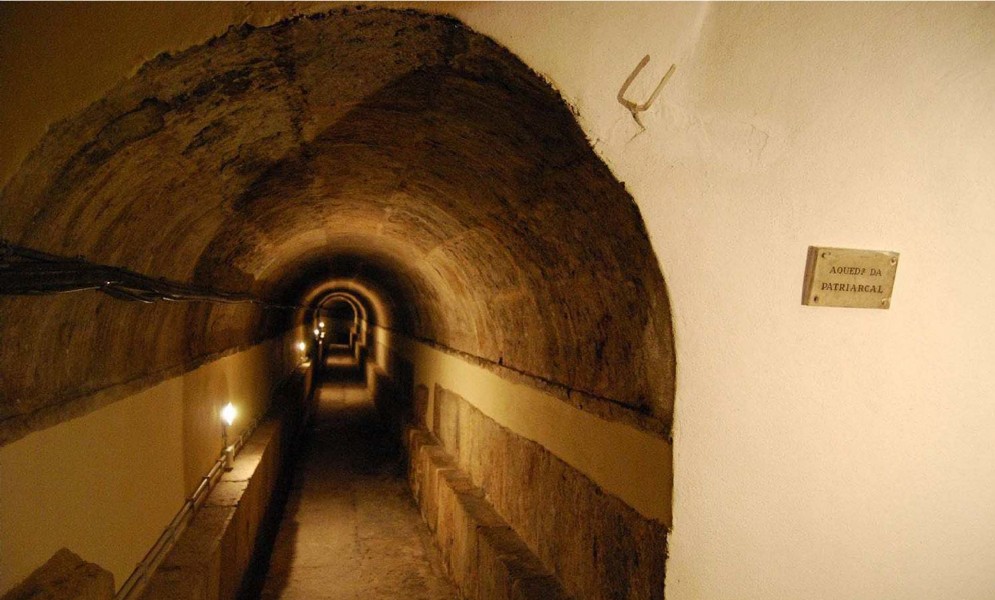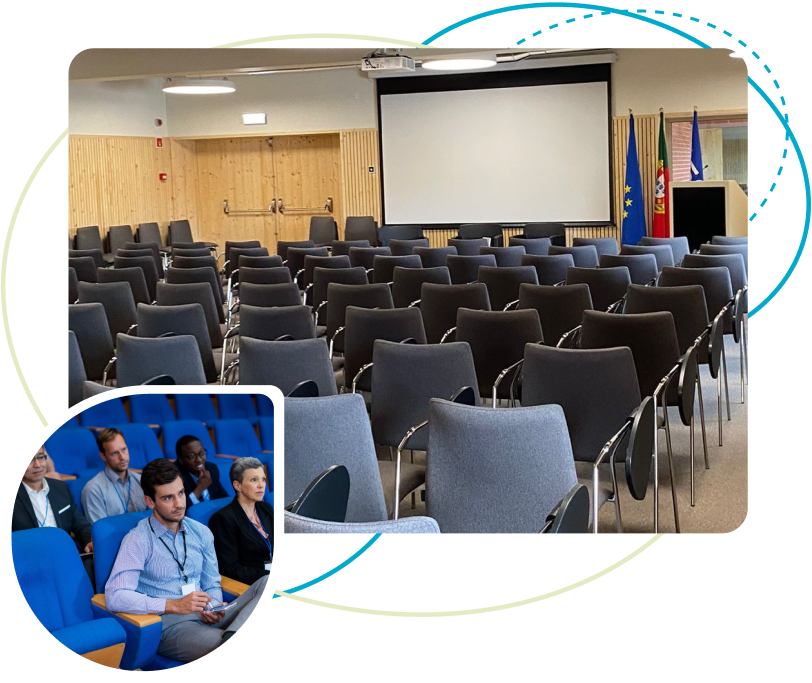Lisbon Botanical Garden
Part of Lisbon’s Museum of Natural History and Science, the Botanical Garden dates back to the 19th century. It is a scientific garden designed in the mid-1800s as a modern complement to the teaching and research of botany at the Lisbon Polytechnic School. The site had already hosted over two centuries of botanical study, beginning with a Jesuit college located there between 1609 and 1759. The first plants collected for the garden came from territories under Portuguese colonial influence.
Participants may choose between a guided tour (limited to 50 spots) or a self-guided visit.

Guided Tour to Downtown Lisbon: Urban Recovery After Catastrophes
The reconstruction of the Chiado district, following the devastating fire of August 25, 1988, sparked an intense public and professional debate about the architectural strategy to be adopted. This discussion laid the theoretical and scientific groundwork for recent urban rehabilitation efforts in Lisbon-addressing not only the restoration of buildings but also the renewal of public spaces and urban services, such as mobility with the introduction of the metro in this area. The Chiado project has since left a lasting impact on architecture and urban planning in Portugal.
This process, however, was not without precedent. The reconstruction of the Baixa district after the Great Lisbon Earthquake of 1755-one of the most powerful and destructive earthquakes in European history, with an estimated magnitude of 8.5- 9.0-also had a profound influence. The catastrophe, which combined a massive earthquake, tsunami, and widespread fires, devastated much of Lisbon and claimed tens of thousands of lives. Its aftermath shaped European thought, science, and urban planning in the 18th century.
This guided tour (for one group of up to 150 persons) will revisit the major events, sites, decisions, and consequences of these transformative moments in Lisbon’s history, with a route that includes the exceptional Miradouro de (Viewpoint of) Sao Pedro de Alcantara-led by a distinguished expert in the field.
Galeria do Loreto
The water transported by the Aguas Livres Aqueduct-an 18th-century engineering project-was distributed upon arrival in Lisbon through a network of five large galleries, mostly underground, stretching approximately 12 kilometers. Their purpose was to supply water to fountains and public establishments across the city.
Among these, the Loreto Gallery stands out. Built in 1746, it extends for more than two kilometers.
The tour begins at the Casa do Registo (Mae d’Agua das Amoreiras), heading south toward Prfncipe Real (Reservat6rio da Patriarcal), and continues along Rua do Seculo to the Miradouro de Sao Pedro de Alcantara.
Participation is limited to 60 people, divided into two groups of 30.

Paper Development Workshop
Designed as a post-conference event on June 27th, 2025, the Paper Development Workshop brings together participants to receive constructive feedback on early-stage papers from experienced scholars and peers. Through collaborative discussions, researchers, including early career researchers, can enhance their manuscripts, address methodological challenges, and strengthen their contributions to the field.

Stay Informed
Explore all the pages to find detailed information about the conference, its activities, and everything you need to plan your participation.


